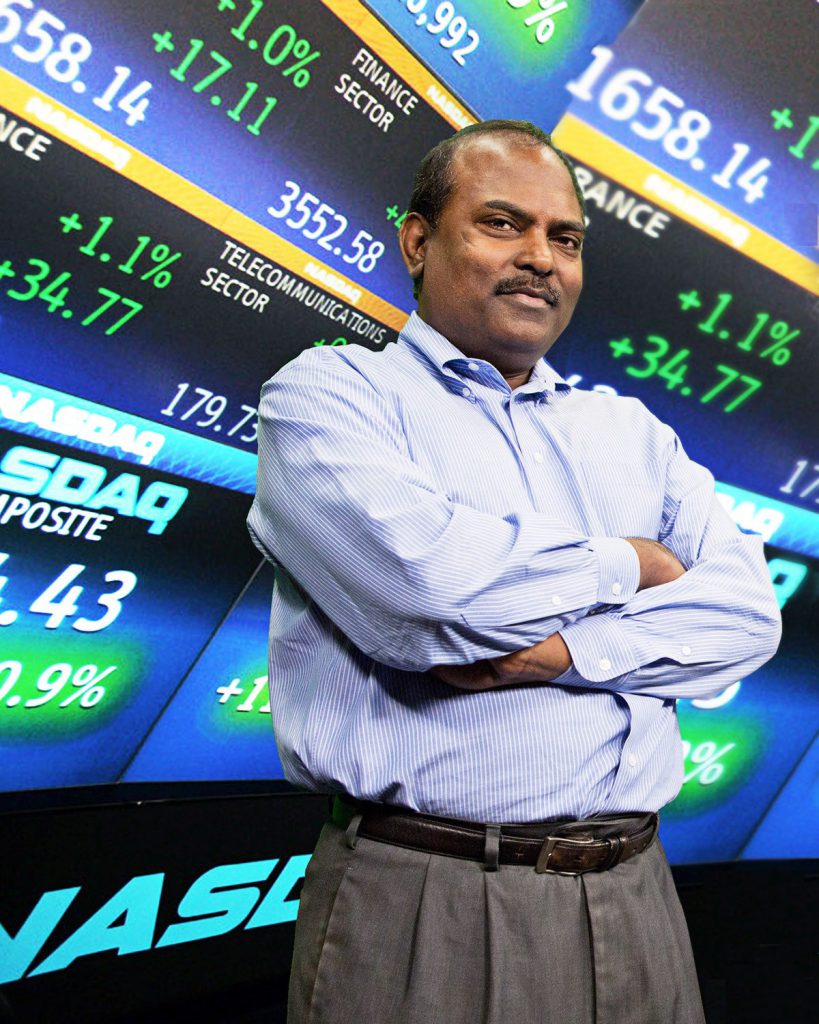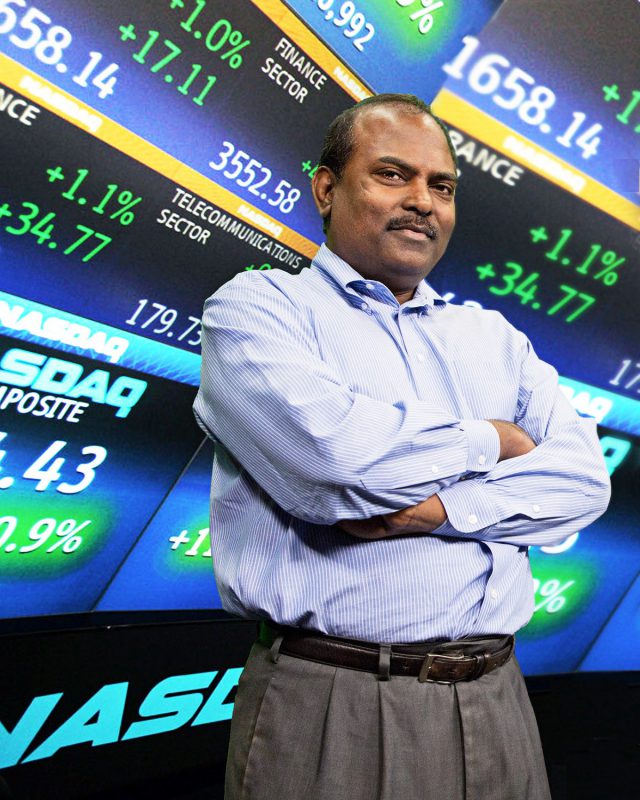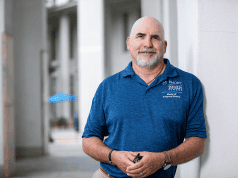
Firms invest in various things: bonds, stocks or other assets—new stores, new premises or even other firms. And they do so to earn maximum value from available cash that would otherwise be idle.
For example, for the last five years Walmart generated an annual cash flow of more than $25 billion from its operations. The retailer has the option to channel this cash into opening new stores, ultimately growing its business and profits. Alternatively, Walmart can pay the cash out to its shareholders in the form of dividends, or through share repurchases.
So far, it’s been productive. However, this win-win scenario is contingent on successfully navigating a number of complexities. Primary among these is that to invest optimally, you first need to determine the correct hurdle rate for that investment.
Hurdle rates are the minimum rates of return that firms seek on their investments. The hurdle rate is the appropriate compensation commensurate with the investments’ risk. Therefore, the higher the risk, the higher the hurdle rate needs to be. For instance, a hurdle rate of 10% means that for every $100 invested, you would expect to earn an average of $10 average per year.
But it’s tricky. You have to calculate the right hurdle rate that would add the most value for your shareholders—the optimal rate of return for you and your business.
Too high and there’s risk of missing out on a good investment. If your right hurdle rate is 10%, but you mistakenly opt for 15%, you’re likely to ignore any investment that is projected to earn you less than 15%, but more than 10% is likely to be missed. As a result, you’ll end up leaving money on the table.
Too low a hurdle rate and you’re in danger of burning money. Again, supposing your hurdle rate should be 10%, but you set it at 5%, you’re likely to end up investing in things with a suboptimal return. In the end, you’re wasting your cash on low value investments when you could be paying it directly to your shareholders in dividends and giving them the chance to earn 10% return on their own.
For the last 50 years, the financial world has built models to calculate hurdle rates and rates of return. But which one works best?
Shedding critical new light on this is a recently published paper by Narasimhan Jegadeesh, Dean’s Distinguished Chair of Finance at Goizueta, entitled “Empirical tests of asset pricing models with individual assets.” Jegadeesh and his co-authors developed new statistical methods to differentiate among a raft of new models that have been developed in recent years and to compare their efficacy to that of the Capital Asset Pricing Model (CAPM), a model introduced in the 1960s.
What they found is that none of the newer models work any better than the CAPM in determining the appropriate hurdle rate or rate of return of an asset.
CAPM: Still a benchmark model
The CAPM uses a set of economic principles to determine the rates of return that investors can passively earn by investing in stocks with varying levels of risk. It does so by computing the systemic risk and delivering a formula to determine the “correct” hurdle rate to avoid burning money or leaving it on the table.
The CAPM formula shows that investments with greater betas, or systematic risk, should earn greater returns. The model has been around for nearly sixty years, but it does have some weaknesses. For example, differences between large beta investments and small beta investments are not as large as CAPM predicts. In response, several other models have been developed by economists to determine hurdle rates that posit other types of risk. The Fama-French three-factor model in particular has enjoyed growing traction, particularly among academics.
“Testing these kinds of hypotheses empirically is very challenging because various risks proposed by competing models are highly correlated,” said Jegadeesh. “What we have done in our paper to address this issue is develop new statistical methods that allow us to differentiate among the various models. Our methodology uses an instrumental variables approach to address the statistical challenges.”
Fama-French posits risks related to firm size and growth characteristics as well as beta risk as key determinants of hurdle rates. This model shows that firms with bigger sensitivities to small firm returns should have bigger hurdle rates and firms with bigger sensitivities to growth firm returns should have smaller hurdle rates than those determined by CAPM.
The relative merits of various models for practical applications have been widely debated by economists. Do investors earn bigger returns if they invest in firms with the same beta risk as Walmart’s portfolio or if they invest in smaller firms as the Fama-French model suggests?
“The basic idea of our research is to determine what investors passively earn in the stock market if they invest in a portfolio with risks similar to that of Walmart and to compare that to returns from investing in companies with bigger small-firm betas that the Fama-French model says should yield higher returns,” said Jegadeesh.
Putting CAPM, Fama-French and other models to the test, Jegadeesh and coauthors find that while the newer models are more “empirical,” in the sense that they integrate more risk factors and financial anomalies, they are no more reliable than the CAPM in calculating rates of return.
“We find no support for the idea that newer models are superior to CAPM. The Fama-French model and others have gained currency and popularity in recent years, but we find no argument to support discarding CAPM in favor of them. In fact, we believe that CAPM, which is inherently based on strong theoretical foundations, is still the best model out there for CFOs.”
These findings should be on the radar of corporate CFOs looking to build strong investment portfolios for their company, said Jegadeesh.
Regulators would do well to take heed too.
“When regulators set fair rates that utility companies can charge, for electricity for instance, they compute the costs of material and labor to produce electricity and add a fair rate of return for the companies’ investments,” noted Jegadeesh. “Regulators have long relied on experts who use CAPM to determine this fair rate. There is no reason why they should change now.”











